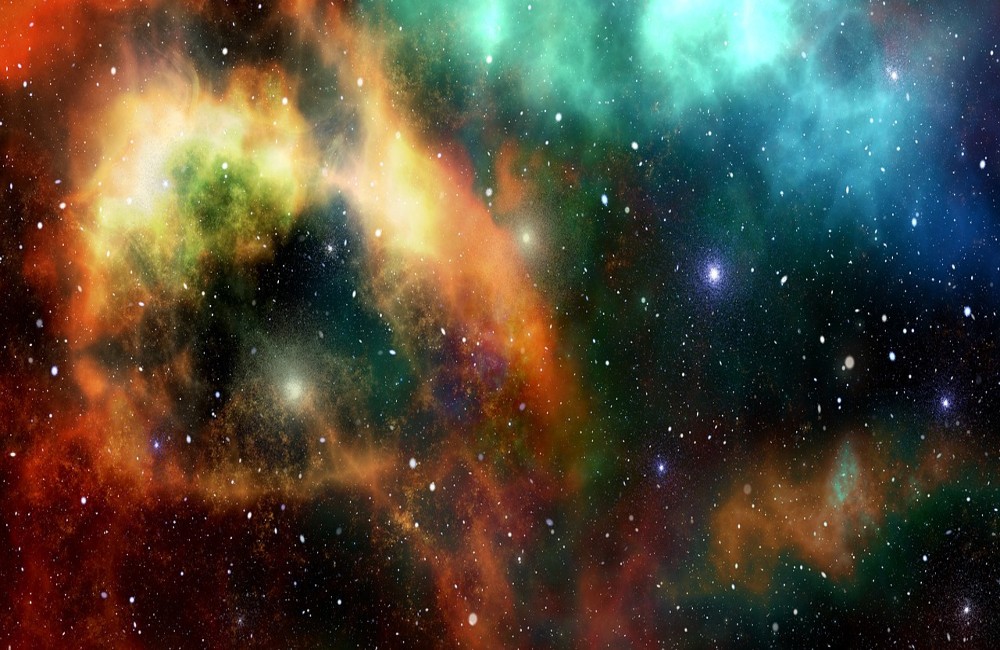The long-held conclusion by the scientific community about the universe being flat is being challenged by a curved model. They have used data from the European Space Agency to come up with this conclusion.
Scientists have always maintained that the universe is flat. The complexity of determining the shape of the universe has always been because we are in it. All the data and scientific models that had been used in the past, however, pointed to a flat cosmos.
This means that if you send a ray of photons in the universe, they will travel in a straight line and it will keep on moving in a straight line. Send two parallel beams of photons in the universe and they will never meet.
Universe is curved
This, however, is being challenged by a wild new study suggesting that the cosmos might be a closed sphere hence curved. The new study suggests that sent ray of photons in the universe at some point will return to their original place. It also means that parallel rays traveling in the universe will meet at some point, just like longitudinal lines on earth meets at the poles.
The new study, which was published in Nature Astronomy, used data collected last year and released by European Space Agency. They indicated that the cosmos is actually closed and curved like an inflating sphere.
They analyzed the cosmic microwave background (CMB), faint radiation left over from the Big Bang. They observed that CMB had been pulled off its original course in a process known as gravitational lensing.
They argued that, for these to have been possible, there needed to be more matter in space that contributed to such a high deviation from their original course. They, therefore, concluded that the amount of matter required to account for such a deviation is enough to have the cosmos close in on itself.
The study authors called the study “cosmological crisis.” The study goes against the long-held conclusion by other scientists that the cosmos is flat. The two models, flat and curved, are very inconsistent with each other making this new study very controversial in the scientific community.







